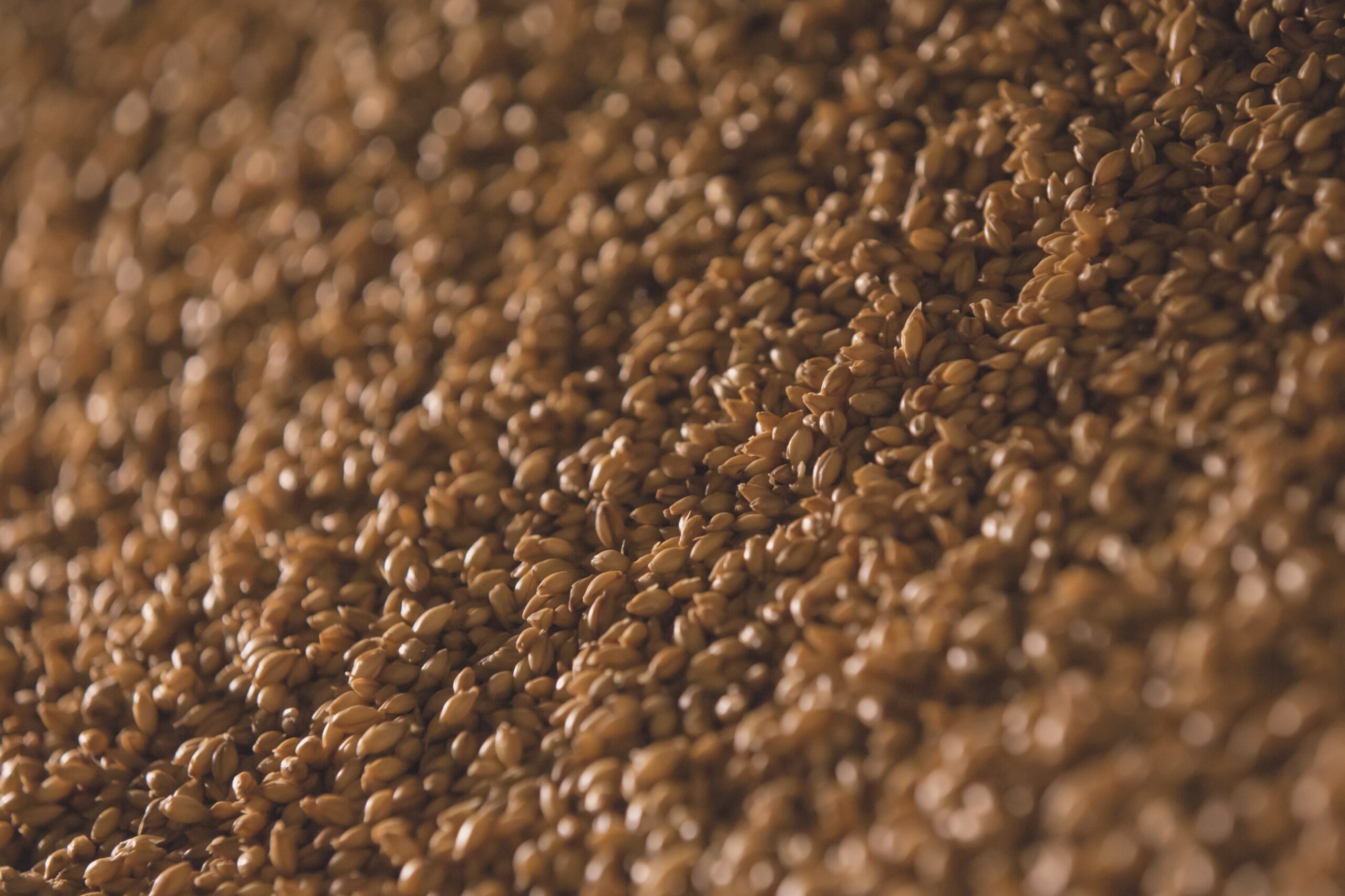While emptying a fantastic cool glass of golden beer, chances are small you’re wondering about how green the brewing process has been, nor the energy it may have cost from malt to mouth. Driven by the need to decrease carbon footprints, and the desire to reduce costs -especially in these times of high energy price volatility-breweries however have distilled a broad variety of measures and technologies to reduce both energy consumption and emissions, ranging from common sense simplicity to highly innovative ones.
Numbers
To get a taste of what 100 liters of beer brewing involves, drink in these numbers:
– energy demand:+/_ 40 kWh
– of which 70 % is in the form of electricity
– and 30 % thermal heat
– need of water: 400 to 700 liters
– carbon footprint 53 kg CO2e local beer in the pub
– 88 kg CO2e foreign beer in a pub or local brewed beer from a shop
– 158 kg CO2e foreign beer from the shop
The biggest contributors to carbon dioxide emission in producing beer are:
Bottle production and transport 27 %
retail electricity use 20 %
Malt production and transport 18 %
Breweries in the United States spend annually $200 million on energy costs.(E. Worell, 2021)
Alcoholic beverages represent about 1.5 % of the UK’s emissions.(M. Barker, 2018)

Source: Brewers Association
Common sustainable measures
Like in other industries, more common actions are taken by breweries which serve four goals:
1. reduce electrical demand: process optimization; energy balancing; variable speed driven (VSD) motors, ; combined heat and power systems (CHP); use of compression filters instead of plate filters; heat recovery from refrigeration
2. reduce thermal demand: waste heat recovery; insulating equipment; flue gas heat recovery; steam trap monitoring; use of warm water buffer tanks
3. reduce emissions: buying ‘green’ electricity; switching over from natural gas to biogas; turning brewery waste into cattle food; installing solar panels and wind generators on breweries and distribution centers; anaerobic waste water treatment
4.reduce demand of water: use of Steinecker’s Merlin kettle which uses a plate heater; reuse of water in mashing, bottle washing and cleaning; condensate recovery
Many of these measures result in dual or triple goals, like anaerobic waste water treatment that reduces emissions and creates biogas to be used as an alternative, sustainable energy source.
State of the art
But some breweries invest in more innovative measures, leading to very interesting initiatives: the regional cooperation between the Dutch brewery Grolsch and garbage treatment company Twence is an excellent example of innovation in the field of cooperation. Twence is using their waste heat of their biomass (non-reusable wood) fueled power plant, to produce hot water for Grolsch, thus not pointlessly discharging it into the air but giving it a useful and sustainable application. Grolsch Enschede is using the hot water to heat pasteurizers and rinsing machines and also for heating their buildings. A beautiful reduction of CO2 and natural gas demand, that forms an important step in realizing the local energy transition. A comparable regional example, is the cooperation between a Heineken brewery and the local Dutch Water Board, which is responsible for treating waste water. Heineken Den Bosch has modified their kettles to make use of the biogas, which is a waste product of the cleaning process of the waste water plant. The use of this biogas has resulted in an annual reduction of 11 million kilogram CO2.
It may not be surprising that the like initiatives take place in a small country where industry is dense.
A very promising technical innovation is the incineration of iron powder as energy source. In a pilot project called: ‘The Metal Power Project’, Swinkels Family Brewers Bavaria and the Technical University of Eindhoven work together on the industrial application of the burning of metal powder as an alternative heat source to coal or gas. The combustion product, rust powder, is converted back into metal powder with the help of renewable energy, making the metal a sustainable, circular energy carrier.
And Multinational Brewer AB InBev had to think completely ‘out of the barrel’ to optimize their already highly efficient boiling processes: their new technique simulates gas bubbles by blowing gas into the beer. The thermal reaction required to brew beer is achieved, while the liquid temperature stays below the boiling point. Applied to all their breweries, this technique is saving 3 billion liters of water. I’ll drink to that!
Solar thermal heat
What is definitely missing here is solar thermal heat; a type of renewable energy that harnesses the power of the sun by using parabolic reflectors to generate heat in a narrow collector tube filled with thermal oil under vacuum. The oil is transported to a heat exchanger to direcly produce hot water or steam of a temperature of up to 400 degrees Celsius. Old wine in new bags, you might say, and that’s exactly right: based upon old Egyptian technique but made so highly efficient that it’s even cost-effective in Northern Europe. Even in winter the system is supplying enough hot water with a temperature of 130 degrees Celcius to heat brewhouse vessels, hot water process reserve tanks, Clean In Place systems and buildings.

Azteq
Belgium company Azteq custom-builds these plants for thermal energy requiring industries like for Heineken in Sevilla. But the fact about this company that is even more impressive than their technique, is the offer they make to their clients: they promise to design, develop and build a custom-made solar heat system and deliver the amount of heat required on demand for a period of at least 20 years for a price which is guaranteed lower than the actual natural gas price during this period. For a planet filled with sustainable beer bellies!


